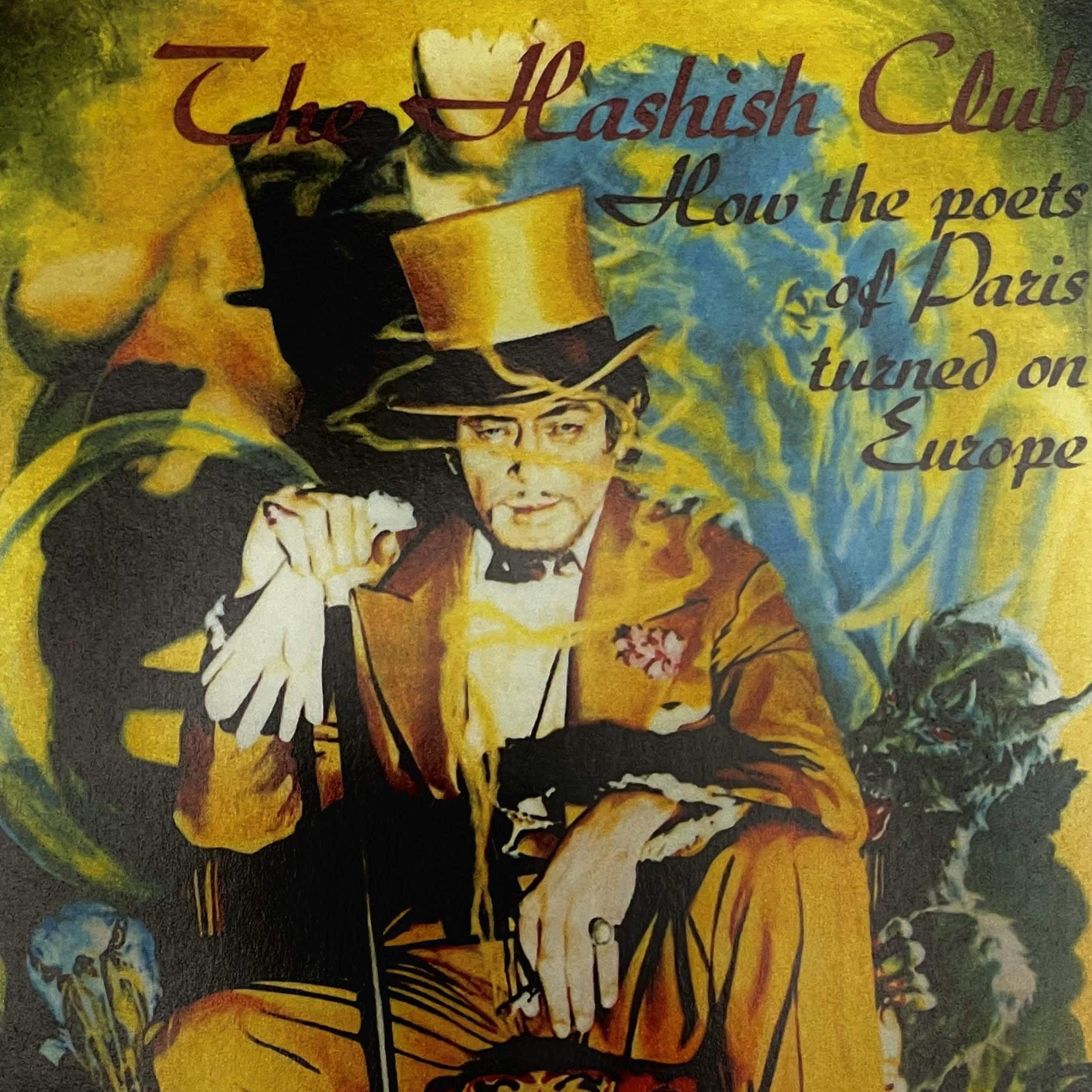
During the 1840s in Paris, a select group of prominent French writers and artists, including Théophile Gautier, Charles Baudelaire, Eugène Delacroix, Alexandre Dumas, and Victor Hugo, ventured into the mystical experiences offered by hashish. Inspired by tales from French soldiers in North Africa and the stories from "The Thousand and One Nights," they founded the Club des Hashischins. This elite circle held monthly sessions, documenting their varied experiences, both positive and critical, in numerous articles and books. This is their real story.
It was a cold December night in Paris when, after receiving a mysterious letter, I found myself heading towards an unknown address. Curiosity gripped me with each step I took towards Île Saint-Louis, one of the two natural islands at the heart of the city, where time seemed to stand still.
Upon arrival, an old mansion, the Hôtel Pimodan, stood majestically before my eyes, a relic of the past resisting the onslaught of the present. This was the secret meeting place of the famed Club des Hashischins of Paris.
Crossing its threshold, I was immediately enveloped by an atmosphere laden with mystery and excitement. There they were, seated in a circle, engrossed in animated discussions: the literary and artistic geniuses of the era – Victor Hugo, Alexandre Dumas, Charles Baudelaire, Eugène Delacroix, Gustave Flaubert, Théophile Gautier, Honoré de Balzac, Gérard de Nerval, Arthur Rimbaud, and others whose works had graced many a bedside table.
The club members shared a common passion: exploring the mind and soul through hashish-induced experiences.
At that time, thanks to Napoleon’s expeditions to Egypt in the late 18th and early 19th centuries, and the French conquest of Algeria between 1830 and 1847, hashish had begun gaining popularity in Europe, especially among literary, artistic, and scientific circles.
With the caution and respect deserved by any perception-altering substance, we were presented with a small amount of dawamesc, a greenish edible paste made of cannabis resin mixed with fat, honey, and pistachios, traditional in Algeria. The taste was bitter yet sweet, and soon, the concoction began to work its magic on our minds.
The walls of the Hôtel Pimodan started to vibrate with changing colors and shapes, while conversations grew deeper and more philosophical. The boundaries between reality and fantasy blurred, and each person shared their deepest dreams, fears, and desires.
Amidst the euphoria, I recalled the words of Dr. Jacques-Joseph Moreau, who, after studying the effects of hashish during his travels through Egypt, Syria, and Asia Minor, concluded that this substance offered a window into dreams, hallucinations, and delirium.
Despite the wonderful experiences, the club also emphasized the importance of maintaining a clear mind. As Gautier mentioned, “the true writer only needs his natural dreams.”

Un coin de table (A corner of the table), by Henri Fantin-Latour, 1872. Some members of the Club Des Hashashin appear.
Over time, the Hashish Club dissolved, but its legacy endures. It’s not so much about the substance itself, but about humanity’s constant quest to understand itself, to connect with others, and to transcend the barriers of everyday reality.
Today is a good time to remember the spirit of that private Parisian club of the mid-19th century: curiosity, respect, connection with others and oneself, and discovery through experimentation.
In an atmosphere charged with mystery and creativity, these visionaries sought to transcend conventional limits of perception and dive into the unknown depths of the mind. Inspired by the exoticism of the Orient and the desire to understand human nature from an altered perspective, the Club des Hashischins became a symbol of the intellectual desire to break boundaries, not only in art and literature but also in the understanding of the self and the world around us.
The sessions and experiments with hashish left a mark on the works of its members. Théophile Gautier detailed his experience in “Le Club des Hachichins” (1846). Charles Baudelaire, in “Les Paradis Artificiels,” explored the world of drugs, highlighting both their dangers and sensations. Dr. Jacques-Joseph Moreau, in 1845, conducted one of the first scientific analyses of hashish in “Du hachisch et de l’aliénation mentale.”
Gaetano Previati’s painting "The Hashish Smokers" in 1887 vividly and colorfully depicts people engrossed in smoking hashish, with a palette and style capturing the ethereal and dreamy atmosphere associated with the drug's effects. Though not directly related to the club, it exemplifies how the theme of hashish consumption and altered perceptions captivated European artists and writers in the 19th century.
This painting reflects the era's interest and fascination with exotic and mystical themes, aligning with the trend of exploring and representing the Oriental and the unknown in art.
Interest in exploring and narrating the effects of hashish transcended borders in the 19th century, testament to the curiosity of many artists about the limits of the mind and consciousness. Across the ocean, a few years later, Fitz Hugh Ludlow published "The Hasheesh Eater" in 1857, where he also narrated his experiences after consuming it.
The next time you gather with friends, whether to relax or simply converse, remember the spirit of the Club des Hashischins. Dive into the depths of your mind, listen with your heart, and let yourself be amazed by the moment.
After all, as Baudelaire said, “One should always be drunk. With wine, with poetry, or with virtue, as you choose. But get drunk.” And if that intoxication comes from a good conversation, all the better. We hope this story has inspired you. Until next time, Cannactivist!
Source: cannactiva.com